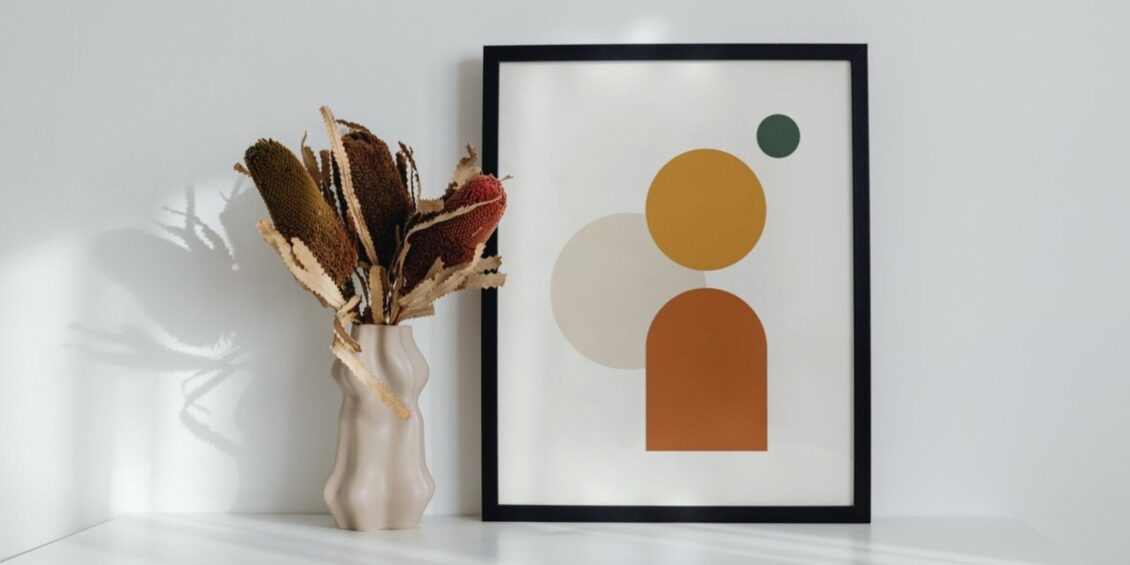Framed prints have been a cornerstone of interior design for centuries, evolving from revered art pieces in grand palaces to accessible decor items that grace everyday homes. This transformation reflects broader changes in art, culture, and design trends. Understanding the journey of framed prints offers insight into their enduring appeal and their current role in modern interiors.
The Origins: Framed Art in Classical and Renaissance Periods
The earliest use of framed art dates back to the classical and Renaissance periods when artworks were commissioned to adorn the walls of churches, palaces, and noble homes. These framed pieces were often religious paintings or portraits of the elite, symbolizing power, wealth, and piety. Frames were crafted from fine woods, intricately carved, and gilded to enhance the prestige of the artwork they enclosed. In this era, the frame was as much a work of art as the painting itself, designed to elevate and protect the image.
During the Renaissance, the emergence of humanism brought a shift in subject matter. Art became more personal and reflective of individual achievement, leading to the popularity of framed portraits and scenes from everyday life. This period set the stage for framed art to become a staple in personal spaces, not just public and religious ones.
The Baroque and Rococo Influence: Opulence and Detail
As art evolved into the Baroque and Rococo periods, framed prints became even more ornate. Frames were elaborately designed with bold curves, floral motifs, and gold leaf. The prints themselves often depicted dramatic scenes filled with movement and emotion, perfectly complemented by the grandeur of their frames. This era solidified the frame’s role not just as a border but as an extension of the artwork’s narrative.
While originally confined to the elite, the growing middle class of the 18th century began to incorporate framed prints into their homes, albeit on a smaller and less opulent scale. This democratization of art allowed framed prints to spread beyond royal circles and into the homes of more common folk.
The Industrial Revolution: Mass Production and Accessibility
The Industrial Revolution marked a significant turning point in the history of framed prints. Advances in printing technology made it possible to reproduce artworks on a large scale, making art accessible to a broader audience. Prints of famous works by artists like Rembrandt and Gainsborough became popular, as they could now be replicated and sold at prices affordable to the average household.
Frames, too, became more varied and available, with mass production techniques allowing for cheaper and simpler designs. The focus shifted from intricate carvings to more minimalist styles, aligning with the evolving tastes of a society embracing modernity and efficiency.
Modern Art Movements: Minimalism and Personal Expression
The 20th century brought about radical changes in art, with movements such as Modernism, Cubism, and Abstract Expressionism breaking traditional boundaries. Framed prints adapted to these changes, embracing simplicity and letting the artwork take center stage. The minimalist approach to framing—often using thin, plain wood or metal—reflected the ethos of these new art movements.
In this era, framed prints became a way to express personal taste and identity. Homeowners began curating their own collections, selecting prints that resonated with their experiences and values. This shift underscored the transition of framed prints from decorative pieces to personal statements.
Contemporary Trends: Versatility and Technology
Today, framed prints are more versatile and customizable than ever. Digital technology has revolutionized how art is produced, purchased, and displayed. High-definition printing allows for incredibly detailed reproductions, and online platforms have made it easy for consumers to explore and buy art from the comfort of their homes.
Frames have also diversified, available in a vast array of styles, materials, and colors to suit any decor. From sleek, modern frames that complement contemporary art to rustic wooden frames that add warmth to traditional pieces, the options are endless. This evolution reflects a growing desire for personalization in interior design, where every element, including framed prints, tells a story.
For those interested in exploring a wide range of framed prints that cater to both classic and modern tastes, you can visit this page for a curated selection that reflects the latest decor trends.
The Future of Framed Prints: Blending Art and Technology
As we look ahead, framed prints are likely to continue evolving, integrating more with technology. Digital frames, interactive art, and augmented reality are beginning to blur the lines between traditional framed art and digital displays. However, the timeless appeal of a beautifully framed print remains strong, offering a tactile and visual experience that digital art cannot fully replicate.
Framed prints have journeyed through centuries of change, adapting to cultural shifts and technological advances. From ornate, handcrafted frames of the Renaissance to sleek, mass-produced designs of today, they continue to be a beloved feature of interior spaces, evolving with each generation while preserving a link to the past.








Leave a Reply
View Comments